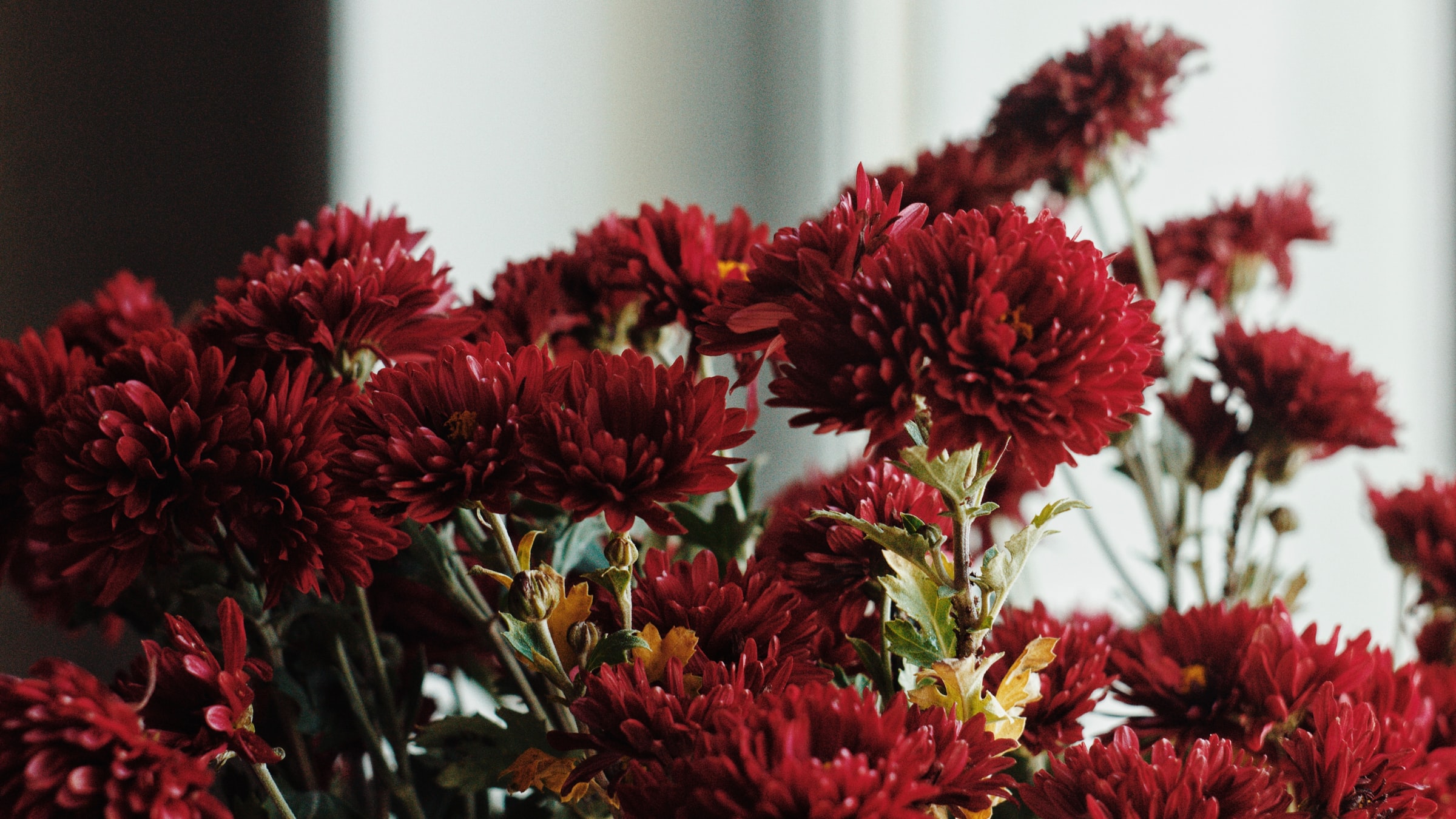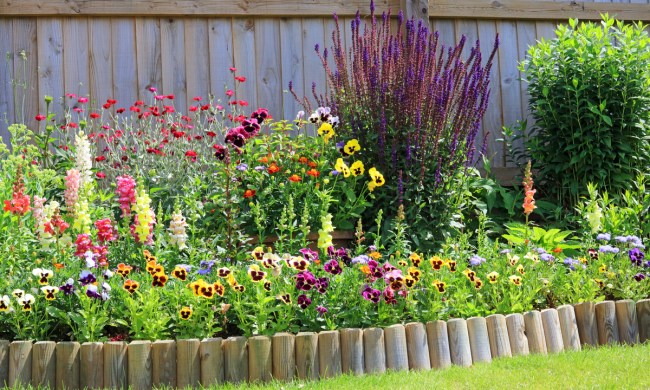If you have seasonal allergies, it’s likely you’re allergic to some indoor plants as well. There are such things as hypoallergenic plants, but it’s a good idea to know which ones to avoid so that you can prevent an allergic reaction. After all, a plant in your home that makes you uncomfortable (and is potentially dangerous for your health) isn’t one you want around. You don’t have to entirely forget about plants, though. By researching, choosing carefully, and doing your best to minimize adverse conditions, you can enjoy the life plants bring to a home.

What plants should you avoid if you have allergies?
Many plant allergies stem from the pollen that’s released in the air. Just as this happens outside, it can happen with indoor plants, too. It’s a good rule of thumb, if you have allergies, to avoid any plants that don’t rely on insects for pollination and those that have strong scents, especially if your allergies are more sensitive.
Many of the plants that you should avoid if you have allergies are flowering plants. Although they’re beautiful and can do a lot to brighten your space, they aren’t worth the risk. Besides, there are plenty of hypoallergenic plants you can purchase that will spruce up your space without affecting your life in a negative way.
Some flowering plants to avoid (by their common names) are aster, chrysanthemums, chamomile, sunflowers, painted daisy (and other varieties), purple coneflower, lilac, and lavender. These can heighten and affect your allergies, potentially harming you and making your home an uncomfortable space to be in. With hypoallergenic plants, you can have a lively space and feel safe in your own home.
Are there any hypoallergenic plants you can grow?
Some of the best plants for allergies are ones that actually work to help relieve them. There are some that help reduce benzene levels and remove formaldehyde from your home (which can often set off your allergies) and others that work as a natural humidifier and keep your space from drying out too much.
There are a lot of houseplants that assist with allergies and add some lovely greenery to your space. Plants are known to help boost your mood, and even with allergies, you can still benefit from the positive effects these plants have to offer. Some good hypoallergenic plants include marginata, peace lilies, Chinese evergreen, bamboo palm, and Swedish ivy. If your allergies aren’t too sensitive to scent and are mostly affected by pollen, you can look into indoor flowering plants that rely on insects for pollination and don’t release pollen into the air.
Minimizing allergic reactions to plants
Although hypoallergenic plants can benefit people with allergies by purifying the air, they can still have the potential to worsen allergies without proper care. Like all plants, they could collect dust over time if you set them somewhere and do nothing but water them. To avoid having your hypoallergenic become a dust collector, you can wipe down the leaves with a damp paper towel or soft cloth once a week. Be gentle when you do, as you don’t want to damage any of the foliage on your hypoallergenic plant.
Another way to help minimize allergic reactions is to only water your hypoallergenic plants when the first top inch of the soil is dry. Excess water can lead to damp soil and mold. However, this is a general rule of thumb. If the care for a specific plant says otherwise, you’re better off following the specific instruction for that plant to help keep it happy and thriving.
Be careful when introducing new plants into your home, too, as you never know how some may affect you. If you have allergies, it’s a good idea to add one plant to your collection at a time. That way, if you do end up having any adverse reactions that didn’t happen before, you’ll know which one is the culprit and which one to promptly remove from your home. If you care for and look after them to the best of your ability, hypoallergenic plants will be a beautiful, purifying feature of your home that will let you feel the happiness plants bring into one’s life.



